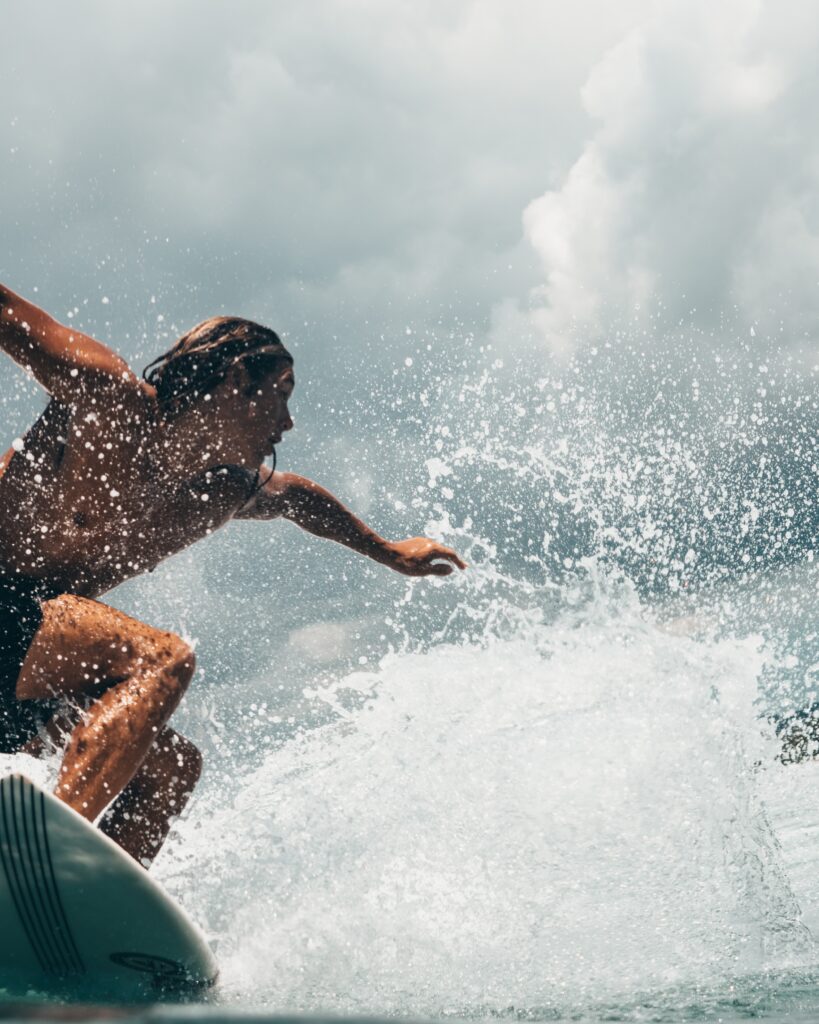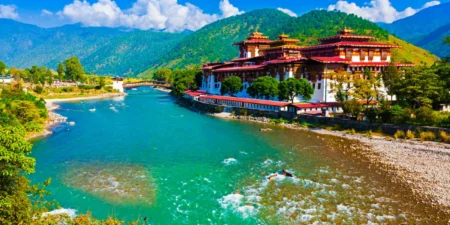Surfing, the exhilarating sport of gliding across the face of a wave, has captivated hearts and minds for centuries. From its humble origins in ancient Polynesia to the global phenomenon it is today, the history of surfing is a tale of exploration, cultural exchange, and a deep connection with the power of the ocean. Join us as we embark on a journey through time, unraveling the captivating history of this thrilling water sport.
Our voyage begins in Polynesia, where the ancient art of wave riding first took shape. It is believed that as early as 2000 BCE, the people of Polynesia were riding waves on specially crafted wooden boards. Surfing, or he’e nalu as it was known in Hawaiian, was not just a sport but an integral part of Polynesian culture. It was a means of transportation, a form of recreation, and a way to connect with the spiritual realm of the ocean.
For centuries, surfing remained a local custom, confined to the islands of Polynesia. It wasn’t until the late 18th century that European explorers, like Captain James Cook, encountered this awe-inspiring practice during their voyages. The tales of these early encounters sparked curiosity and laid the foundation for surfing’s introduction to the wider world.
Fast forward to the early 20th century, and we witness the birth of modern surfing. It was in the idyllic shores of Waikiki, Hawaii, that surfing experienced a resurgence. Influential figures like Duke Kahanamoku, often regarded as the father of modern surfing, showcased the sport to the world. With their charm and skills, Hawaiian surfers brought surfing into the public eye, captivating imaginations with their graceful rides and connection to the ocean’s energy.

As the sport gained traction, surf culture began to spread beyond Hawaii. California’s coastline became a hotspot for surf enthusiasts in the 1950s, as the rise of surf films and the advent of lightweight, mass-produced surfboards opened up new possibilities for wave riders. The Beach Boys’ catchy tunes and the iconic imagery of surfing added to the allure, turning it into a symbol of freedom and the laid-back California lifestyle.
Surfing continued to evolve, attracting a global following. From Australia’s legendary breaks to the tropical paradise of Bali and the powerful waves of South Africa, surfers sought out new challenges and pushed the boundaries of what was possible on a board. The introduction of competitive surfing in the 1970s further propelled the sport into the mainstream, leading to the creation of professional surfing circuits and the rise of surfing legends like Kelly Slater.
Today, surfing is a worldwide phenomenon, with millions of enthusiasts chasing waves across the globe. It has become more than just a sport—it’s a lifestyle, an expression of freedom and connection with nature. Surfers continue to explore uncharted waters, seeking out new breaks, and pioneering innovative techniques and board designs.

But amidst the modernization and commercialization, the spirit of surfing remains rooted in the ancient traditions of Polynesia. Surfers still pay homage to the ocean, respecting its power and embracing the harmony between humans and nature. Surfers, in their own way, are stewards of the sea, advocating for its protection and raising awareness about environmental issues that threaten our precious coastlines.
So, the next time you watch a surfer ride a wave with grace and ease, take a moment to appreciate the rich tapestry of history behind this thrilling sport. From the ancient wave riders of Polynesia to the global community of surfers today, the story of surfing is one of adventure, cultural exchange, and a profound respect for the forces of the ocean. It’s a tale that continues to unfold






